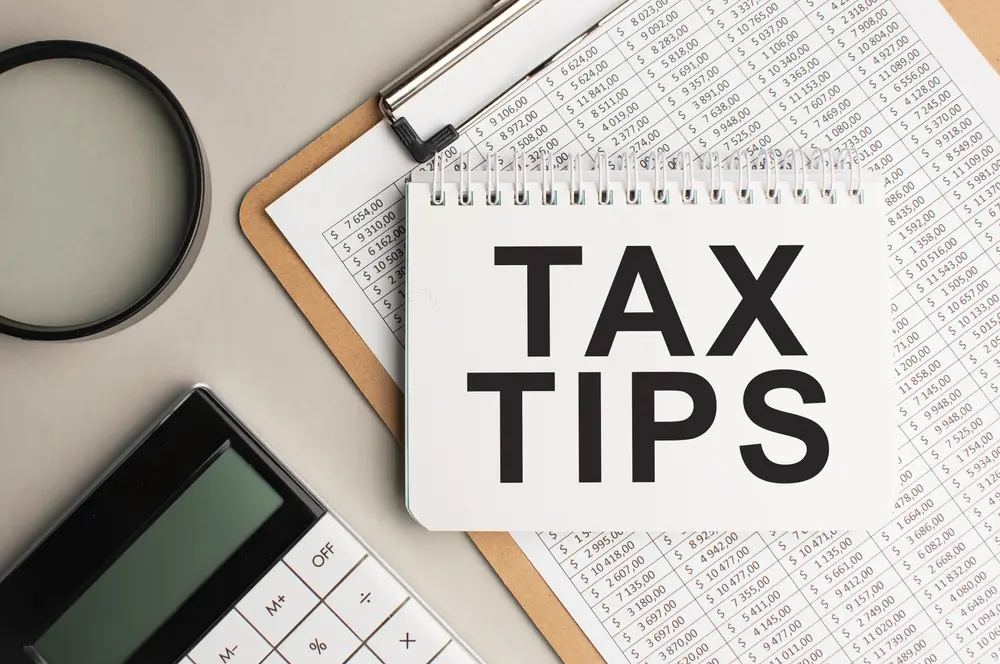An Employer Identification Number (EIN), also known as a Tax Identification Number (TIN) or Federal Employer Identification Number (FEIN), is a unique nine-digit number assigned by the Internal Revenue Service (IRS) to business entities operating in the United States. This number is essential for various business activities, including tax filing, hiring employees, and opening business bank accounts. This page provides an overview of the purpose of an EIN, the step-by-step process for obtaining one, and its various uses.
Purpose of an EIN
The primary purpose of an EIN is to identify a business entity for tax purposes. It is essentially a Social Security number for businesses. It allows the IRS to track business transactions and is necessary for reporting employment taxes.
Who Needs an EIN?
An EIN is required for businesses that:
- Hire employees.
- Operate as a corporation or partnership.
- File tax returns for employment, excise, or alcohol, tobacco, and firearms.
- Withhold taxes on income, other than wages, paid to a non-resident alien.
- Have a Keogh plan (a tax-deferred pension plan).
- Are involved in organizations such as trusts, estates, real estate mortgage investment conduits, non-profit organizations, farmers’ cooperatives, and plan administrators.
Step-by-Step Process for Obtaining an EIN
Step 1: Determine Eligibility Before applying, ensure your business is located in the U.S. or U.S. Territories and that the person applying has a valid Taxpayer Identification Number (SSN, ITIN, EIN).
Step 2: Gather Necessary Information You will need:
- The legal name of the entity or individual applying for the EIN.
- The trade name of the business (if different).
- The executor, administrator, trustee, “care of” address, and other personal details for estates or trusts.
- The address and phone number of the business.
- The type of entity (e.g., corporation, partnership, sole proprietorship).
- The reason for applying (hiring employees, starting a new business, banking purposes, etc.).
- The date the business was started or acquired.
- The number of employees expected to be hired.
Step 3: Apply for the EIN The easiest and preferred method for applying for an EIN is online via the IRS website. The online application is available Monday through Friday, 7 a.m. to 10 p.m. Eastern Standard Time. Applicants can receive their EIN immediately after completing the application.
- Online: Visit the IRS website and use the EIN Assistant.
- Fax: Fax a completed Form SS-4 to the appropriate fax number (you can find this on the IRS website).
- Mail: Send a completed Form SS-4 to the IRS mailing address designated for your location (again, see the IRS website for details).
Step 4: Record and Secure the EIN Once received, make a note of your EIN in a secure location. You will need this number for various business activities, including tax filings, opening bank accounts, and applying for business licenses.
Uses of an EIN
- Tax Filing and Reporting: Used to file business tax returns and other related documents.
- Employee Payroll: Necessary for setting up payroll, as employers must provide their EIN on all payroll-related documents.
- Opening a Business Bank Account: Banks generally require an EIN to open a business bank account.
- Applying for Business Permits and Licenses: Often required on applications for various business-related permits and licenses.
- Building Business Credit: Helps businesses establish a separate business credit profile.
Conclusion
An EIN is a crucial tool for business identity and operations, facilitating essential activities from tax compliance to employee payroll. By understanding how to properly obtain and use an EIN, business owners can ensure smoother operations and compliance with U.S. tax laws. Remember, obtaining an EIN is free and relatively simple, providing significant benefits for business administration and management.





